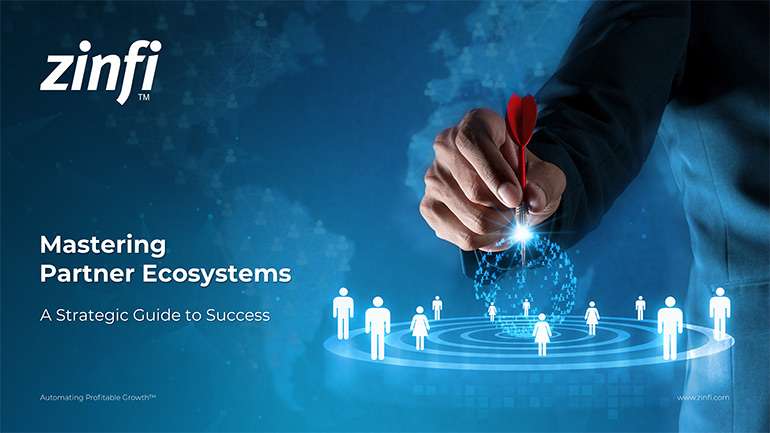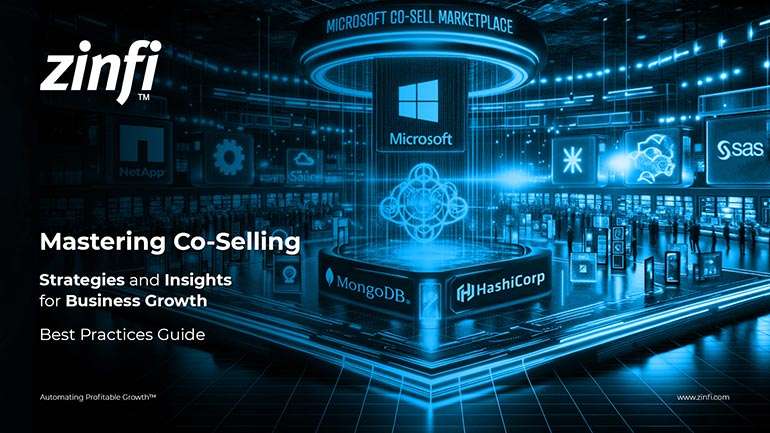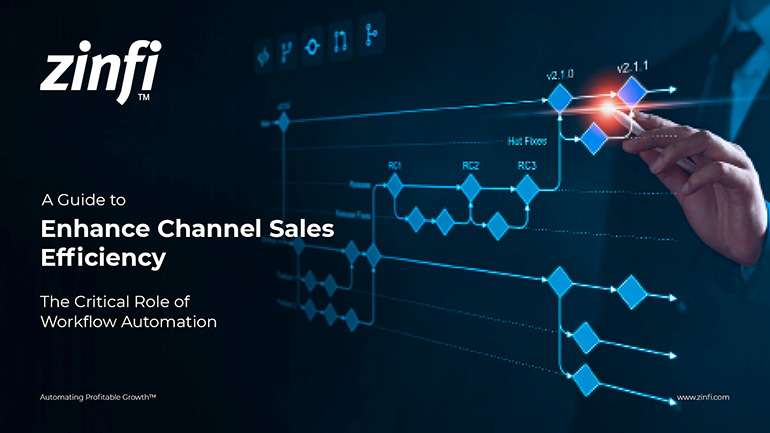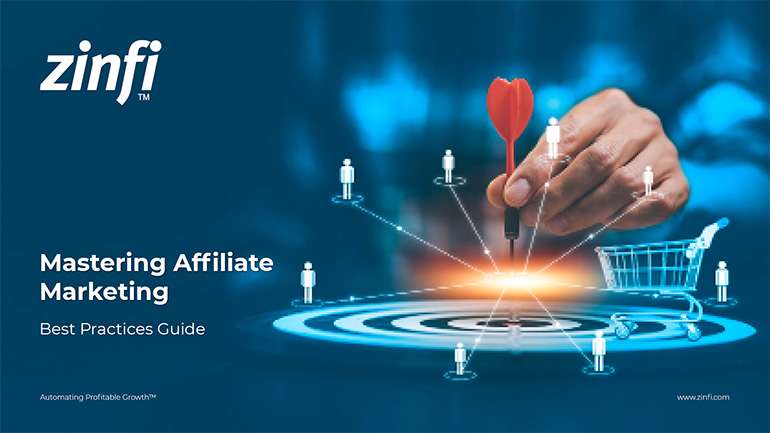Best Practices Articles

The Partner Portal is Dead, Long Live The Partner Portal
“The King is dead, long live the King!” is a proclamation that marks the accession of a new monarch and the beginning of a new era. Something similar is happening with the partner portal today. The partner portal as we have known it for nearly three decades is finally passing into history. A new solution set has arrived that looks at the partner portal from the partner perspective rather than from the vendor perspective. This fresh approach is quickly making “older generation” partner portals obsolete. In their place, partner-friendly, purpose-built technology platforms are emerging to address what is now a global channel opportunity in a logical and sequential way.
Let’s step back for a moment and reflect on the birth of the partner portal. It really happened in stages.
- Early to mid-1990s: In the early 90s, companies selling through the channel realized that Internet could be a powerful way of communicating to the partner base and keep partners informed about product changes, pricing changes, program modifications, etc. So in its first stages, the partner portal was essentially a one-directional information tool. Then, as extranets evolved, partners started to receive individual log-in access to content, and content access was eventually both personalized and localized.
- Mid 1990s to early 2000s: Around Y2K, tied to the dot-com boom, there was a proliferation of applications that got plugged into the partner portal. There were three main types of these applications: first, enterprise resource planning (ERP) software used primarily to show stock, inventory, pricing and the like; second, customer relationship management (CRM) software for lead distribution and tracking; and finally, customer support management (CSM) systems for help desk, ticketing, etc. These were all disparate systems and they didn’t really talk to each other.
- Mid 2000s to 2010: The rapid evolution of CRM and the app-based economy began to displace many of the patched-up systems, but CRM platforms are not designed to be purpose-built for partner relationship management, so the partner portal morphed into this weird combination of native and non-native applications with user experiences that addressed some of the new work flow needs, but not all of them— at least not globally.
- Past five years: We appear to be approaching the last leg of nearly three decades of partner portal evolution, a process that is now coming to an end. There are still multiple issues that keep many partner portals from realizing their potential: lack of a unified user experience, patched-up systems opening up security vulnerabilities, redundancies of information across various parts of the portal, and barriers to navigation and ease of use tied to many of the work flow automation tools like training, market-development funds, rebates, lead management and campaign management.
So, this is where we stand as an industry: One of the most important communication and collaboration interfaces that supports an indirect sales infrastructure is, in fact, a thirty-year-old patched-up system that has evolved in fits and starts and never really come together. This is why usage of partner portals is miserably low across all verticals and user satisfaction is abysmal, while companies continue to pump in millions into maintaining a Frankenstein-like infrastructure whose time has passed, but refuses to relinquish its stronghold.
The good news is that the future is has finally arrive. There are now companies like ZINFI who are approaching this fundamental challenge of the expensive yet broken partner portal in a very different way. When you really think about what the partner portal does today or should do in the future, you realize it is essentially a collaboration and communication medium. As a vendor, you need that medium in order to interact with your partners, but also with your internal cross-functional stakeholders. Chances are various agencies and service groups that you hire around the world also need access to the partner portal. And, of course, the most important stakeholders in this experience are the partners themselves.
So why not think differently? Why not take a unified approach towards the entire partner lifecycle experience and integrate communication and collaboration feature sets in a way that makes it easy for a partner to find what they want and do what they need to do? It’s actually not that hard—provided you take the right approach. While the change may be daunting, the process doesn’t need to be. You can start and move to this unified partner management experience through technology, process and people. I put technology first because it’s technology that enables the partner portal today and will continue to do so. However, technology is only a means to an end. Therefore, it’s important to understand what the end goals are.
Are you trying to reduce the time it takes to onboard a new partner? Are you trying to make it easy for them to get trained? Do you want them to generate leads on their own using your own assets? Do you want to help them with marketing funds if they are doing a good job in selling your products? How about promoting a special program or recognizing the work a salesperson with a reward? Aren’t these some of the things you want to do? If that’s the case, take a step-by-step approach to creating a truly unified experience by picking the right technology vendor, redesigning your channel program and policy in a way that gives your partner a completely different experience.
The vision of the next kingdom of partner portals should be a place where partners can seamlessly collaborate with various functions from the vendor side to drive profitable growth, and where vendors can truly differentiate their product and services to end users and to the partner, focusing at least as much on ease of doing business as they do on building the best products and services to sell through the channel. We certainly believe at ZINFI that future is now, and the new reign has just started.
The King is dead, long live the King!
Best Practices Guidebook
 Winning with Partner Advisory Councils: Best Practices for Partner Engagement & Growth
Winning with Partner Advisory Councils: Best Practices for Partner Engagement & GrowthDownload Guide
 The Future of Partner Ecosystems Best Practices
The Future of Partner Ecosystems Best PracticesDownload Guide
 The AI Revolution: How Technology and Talent are Shaping the Future
The AI Revolution: How Technology and Talent are Shaping the FutureDownload Guide
 Top 105 Partner Management Metrics that Matter Best Practices
Top 105 Partner Management Metrics that Matter Best PracticesDownload Guide
 Mastering PRM Integration Best Practices
Mastering PRM Integration Best PracticesDownload Guide
 Building a Sales Partner Portal with Salesforce Best Practices
Building a Sales Partner Portal with Salesforce Best PracticesDownload Guide
 Building and Managing Partner Ecosystems Best Practices
Building and Managing Partner Ecosystems Best PracticesDownload Guide
 Mastering Co-Marketing and Co-Selling Best Practices
Mastering Co-Marketing and Co-Selling Best PracticesDownload Guide
 Transforming Partner Ecosystems Best Practices
Transforming Partner Ecosystems Best PracticesDownload Guide
 Mastering Partner Ecosystems Best Practices
Mastering Partner Ecosystems Best PracticesDownload Guide
 Mastering Partner Onboarding Best Practices
Mastering Partner Onboarding Best PracticesDownload Guide
 Partner Ecosystem Management Best Practices
Partner Ecosystem Management Best PracticesDownload Guide
 B2B Marketing in the Age of Intelligence Best Practices
B2B Marketing in the Age of Intelligence Best PracticesDownload Guide
 Multi-Partner Co-Selling Best Practices
Multi-Partner Co-Selling Best PracticesDownload Guide
 A Guide to Enhance Channel Sales Efficiency
A Guide to Enhance Channel Sales EfficiencyDownload Guide
 Mastering Affiliate Marketing Best Practices
Mastering Affiliate Marketing Best PracticesDownload Guide
 The Ultimate Guide to Channel Partner Management
The Ultimate Guide to Channel Partner ManagementDownload Guide
 Top 10 Trends in 2024 Partner Relationship Management
Top 10 Trends in 2024 Partner Relationship ManagementDownload Guide







